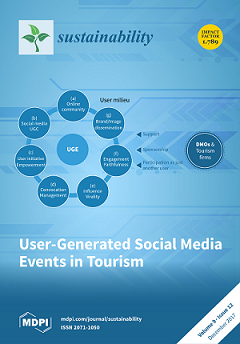Power generation industry is the key industry of carbon dioxide (CO
2) emission in China. Assessing its future CO
2 emissions is of great significance to the formulation and implementation of energy saving and emission reduction policies. Based on the Stochastic Impacts
[...] Read more.
Power generation industry is the key industry of carbon dioxide (CO
2) emission in China. Assessing its future CO
2 emissions is of great significance to the formulation and implementation of energy saving and emission reduction policies. Based on the Stochastic Impacts by Regression on Population, Affluence and Technology model (STIRPAT), the influencing factors analysis model of CO
2 emission of power generation industry is established. The ridge regression (RR) method is used to estimate the historical data. In addition, a wavelet neural network (WNN) prediction model based on Cuckoo Search algorithm optimized by Gauss (GCS) is put forward to predict the factors in the STIRPAT model. Then, the predicted values are substituted into the regression model, and the CO
2 emission estimation values of the power generation industry in China are obtained. It’s concluded that population, per capita Gross Domestic Product (GDP), standard coal consumption and thermal power specific gravity are the key factors affecting the CO
2 emission from the power generation industry. Besides, the GCS-WNN prediction model has higher prediction accuracy, comparing with other models. Moreover, with the development of science and technology in the future, the CO
2 emission growth in the power generation industry will gradually slow down according to the prediction results.
Full article





